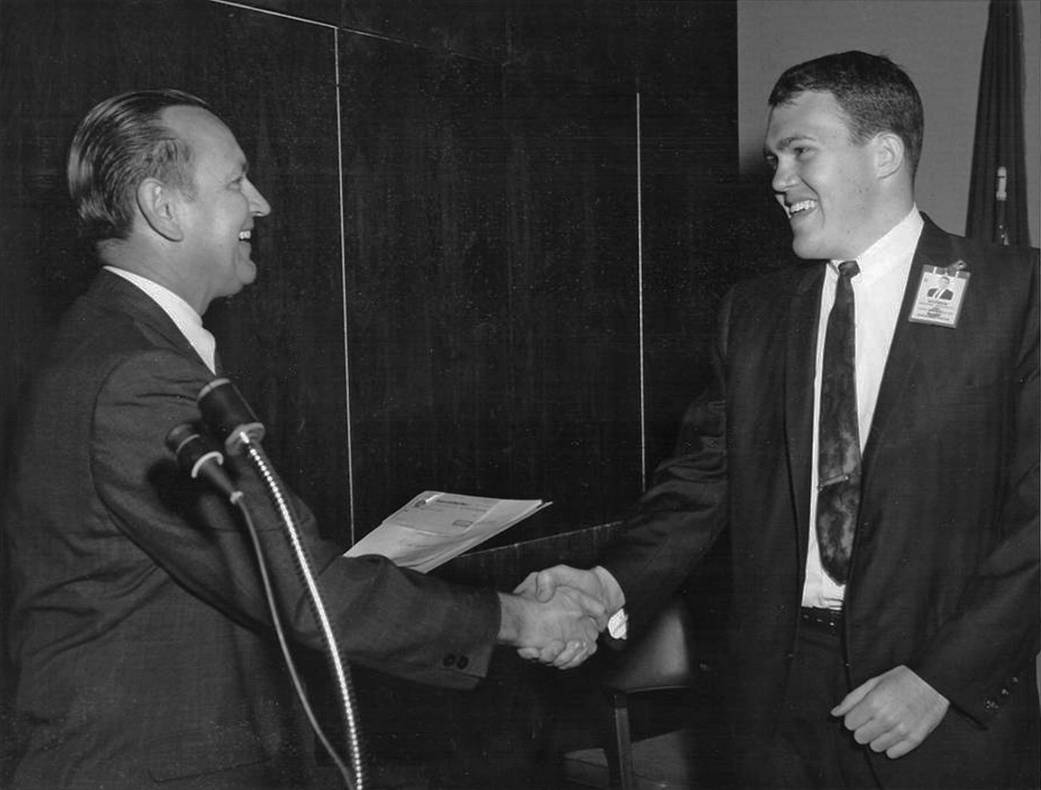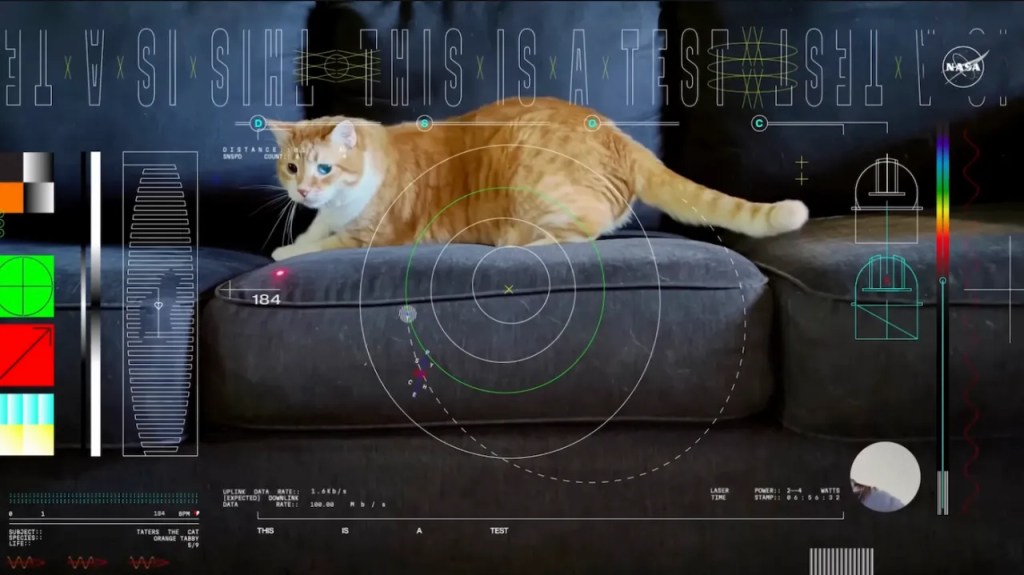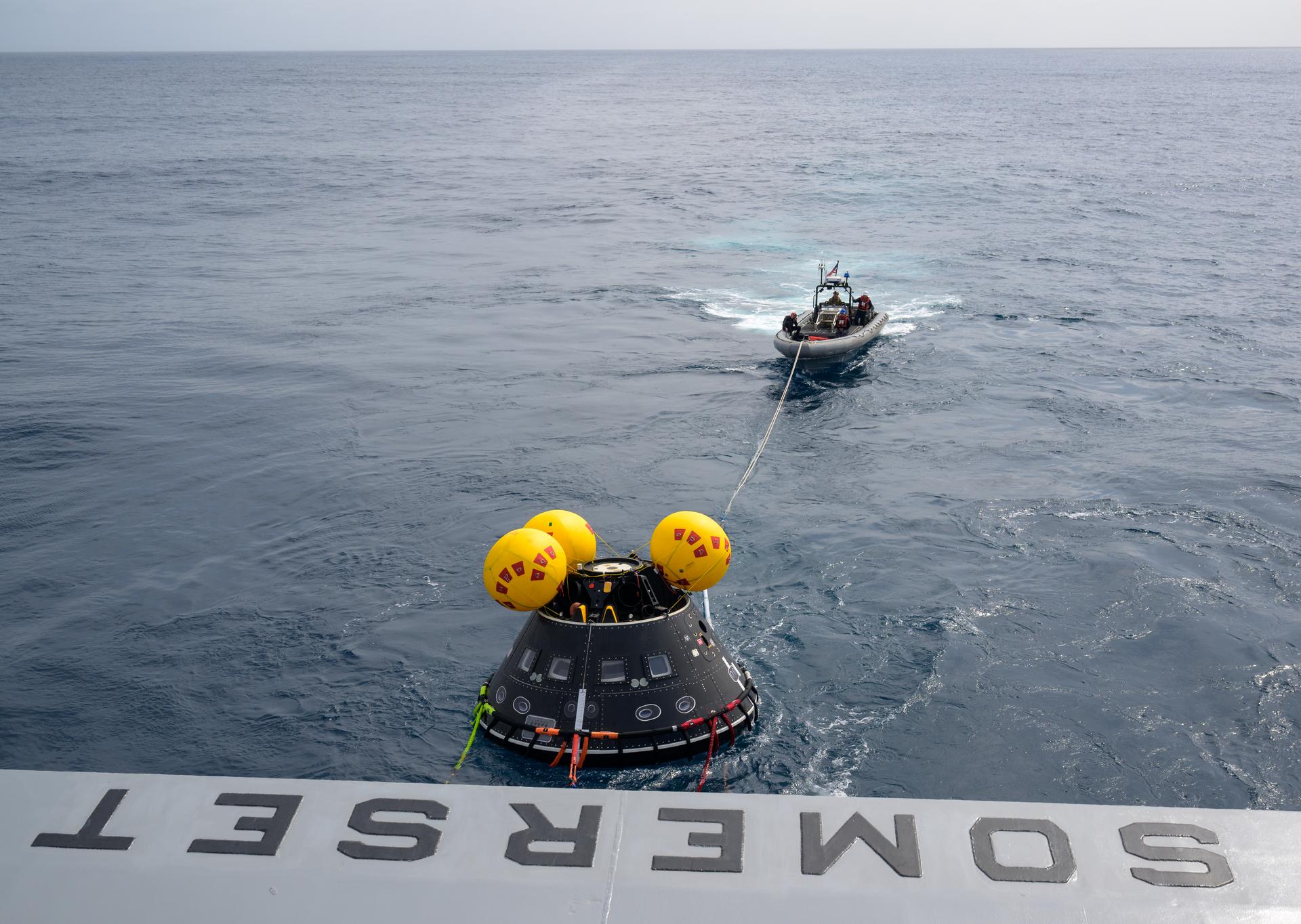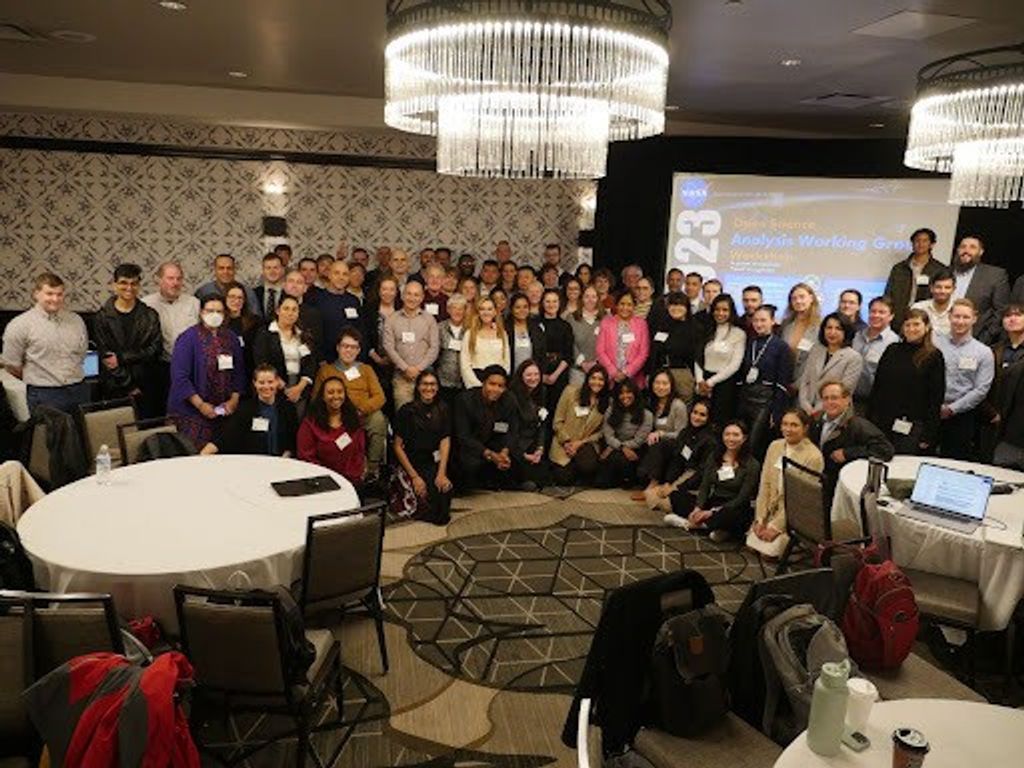
The space community lost a hero from the Apollo era when John “Jack” Garman passed away on September 20, 2016 at the age of 72. He held many positions at NASA, wrapping up his 34-year career in 2000 as the Chief Information Officer for NASA’s Johnson Space Center.
While Mr. Garman made numerous contributions to NASA during his long career, as well as after his retirement as a contractor and consultant, he will be forever renowned by the agency for his pivotal calls on July 20, 1969. Having been hired by NASA’s Johnson Space Center in 1966, just three years later the 25-year-old Jack Garman found himself making a key decision during the incredibly intense descent of the Apollo 11 Lunar Module, Eagle, to the surface of the Moon. Minutes before landing, Neil Armstrong and Buzz Aldrin were surprised by a computer alarm that they had never seen in their training. What did a 1202 alarm mean and, the unspoken question: should they abort the landing? The question came direct from Eagle to Steve Bales, Guidance Officer at Mission Control. Steve immediately called to Jack Garman, who was working in the “back room” supporting him. In preparation for the landing, Garman had made a list of all of the computer alarms and he knew immediately that a 1202 was just a warning that the guidance computer was temporarily overloading. The landing could continue. Garman’s preparation and clarity under pressure prevented an abort. Armstrong and Aldrin made history that day. In the image above, Jack Garman receives an award from Chris Kraft, director of flight operations in Mission Control, for his role in the Apollo 11 mission.
Jack was born near Chicago, Illinois, and graduated from the University of Michigan in 1966 with a bachelor’s degree in engineering physics. Hired directly out of college by NASA to work in the Flight Support Division at the Manned Spacecraft Center (renamed Johnson Space Center in 1973), he worked there until 1986. He spent two years at NASA Headquarters in Washington, D.C., as the Director of Information Systems Services for the Space Station Program. In 1988, he returned to Johnson Space Center, eventually being named Chief Information Officer in 1994. In 2000, he retired from NASA and spent the next 10 years as a contractor still supporting NASA. Mr. Garman’s most notable accomplishment may have happened early in his career, but his lifelong dedication to NASA is an inspiration to all of us who follow in his footsteps.
Learn more about Jack Garman in this oral history conducted by NASA’s Johnson Space Center Oral History Project.
Nicholas P. Russo, NASA History Division Intern, Fall 2016Image Credit: NASA



























